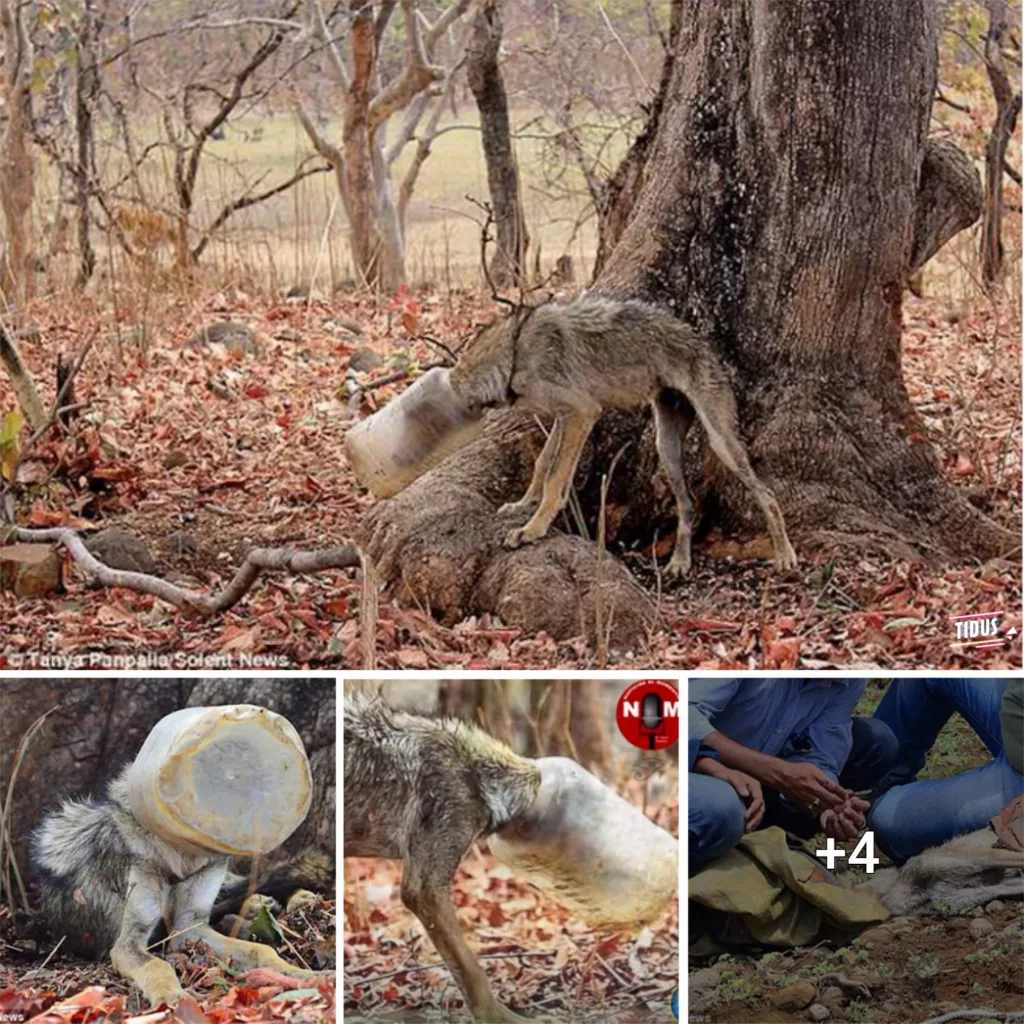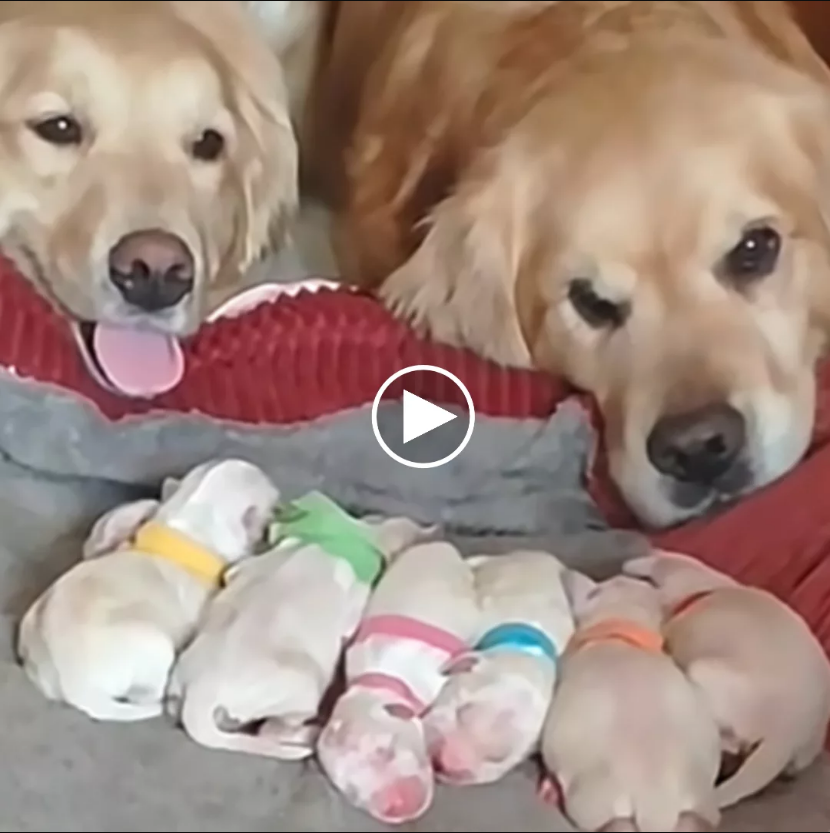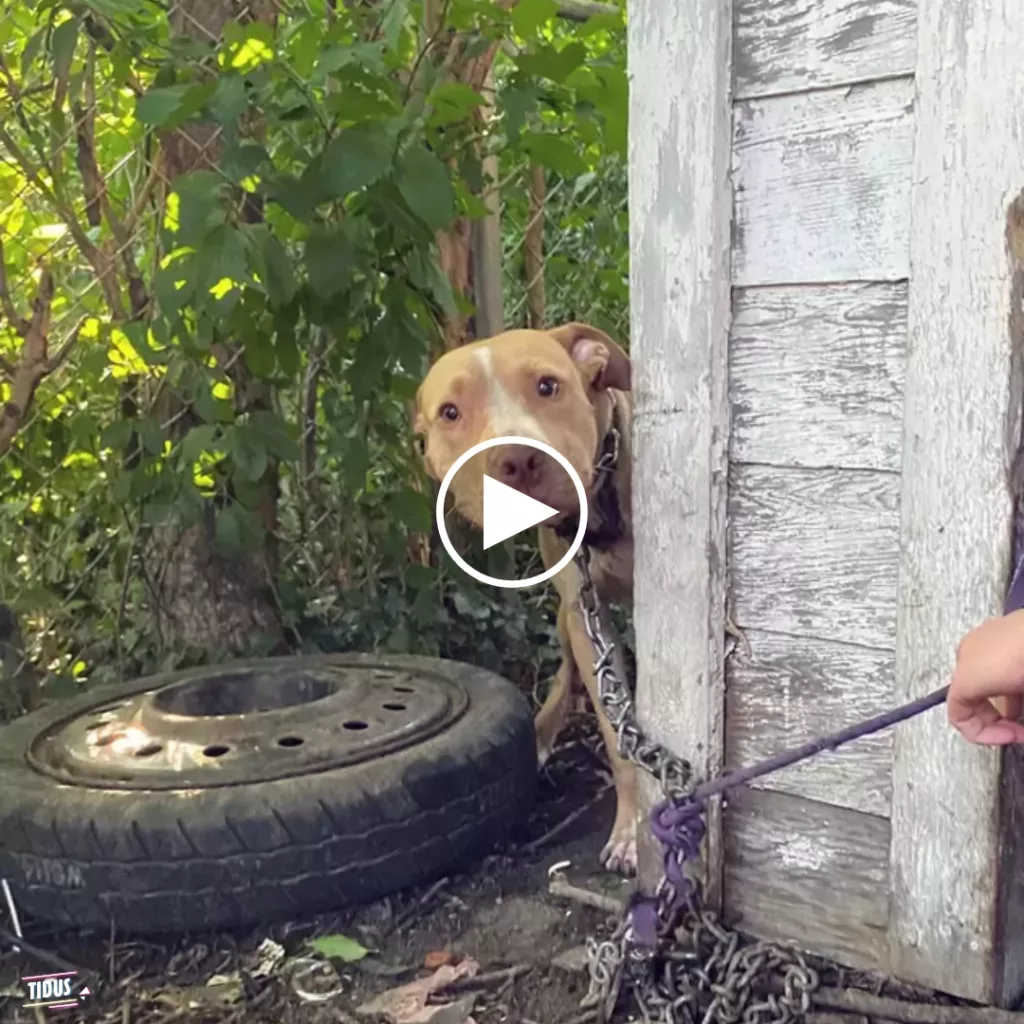Fierce Encounter: When a Rampaging Female Elephant Attacks a Wildlife Photographer (Shot Just Before He Escaped)

In the world of wildlife photography, capturing the perfect shot can often mean putting yourself in harm’s way. It is a profession that requires patience, skill, and bravery. Wildlife photographers often travel to remote locations and spend hours, if not days, waiting for the perfect shot. But sometimes, the danger can come from an unexpected source, and the risk can become all too real.
For one photographer, this was the case when he came face-to-face with a rampaging female elephant. The incident occurred in a remote region of Africa, where the photographer had been tracking a herd of elephants. As he crept closer to snap a photo, the female suddenly charged towards him with incredible speed.
With adrenaline pumping, the photographer quickly snapped off a few shots before turning to run for safety. Despite the elephant’s massive size and strength, he managed to escape with only minor injuries. The encounter was a close call, and it serves as a reminder of the dangers inherent in wildlife photography.

Wildlife photography can be a thrilling and rewarding profession, but it is also a dangerous one. As photographers seek to capture the beauty and power of the natural world, they must also respect the animals they are photographing. It is crucial to remember that these creatures are wild and unpredictable, and should always be treated with caution and respect.
Every encounter with wildlife is unique, and there are no guarantees of safety. While it may be tempting to get as close as possible for the perfect shot, it is important to remember that there are limits to what is safe and ethical. Wildlife photographers must always prioritize the safety of themselves and the animals they are photographing.
In the end, the photographer’s close call was a sobering reminder of the risks involved in his chosen profession. It was also a testament to the bravery and commitment of those who seek to document the beauty and power of the natural world. Wildlife photography is not for the faint of heart, but for those who are passionate about it, the rewards can be truly remarkable.
Moreover, wildlife photography plays a crucial role in conservation efforts. Photographs can help raise awareness about endangered species, their habitats, and the threats they face. A striking image can evoke strong emotions and inspire people to take action to protect these creatures and their environments.

However, it is important for wildlife photographers to approach their work with sensitivity and respect. This means not disturbing animals or their habitats, andaoiding any actions that could cause harm or stress to the animals. Photographers should also be mindful of the impact of their presence on the environment, and take steps to minimize their footprint.
In addition, wildlife photography can also contribute to scientific research. By capturing images of animals in their natural habitats, photographers can provide valuable data about behavior, population size, and distribution. This information can help researchers better understand these creatures and develop effective conservation strategies.
In conclusion, wildlife photography is a challenging and rewarding profession that requires a combination of skill, patience, and bravery. It can also be dangerous, and photographers must always prioritize safety and respect for the animals they are photographing. But despite the risks, the rewards can be truly remarkable, from capturing stunning images to contributing to conservation efforts and scientific research.



